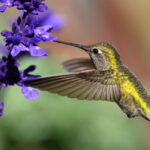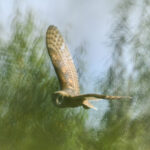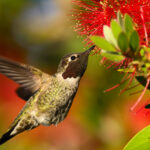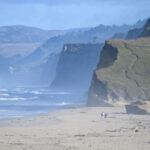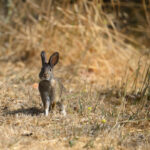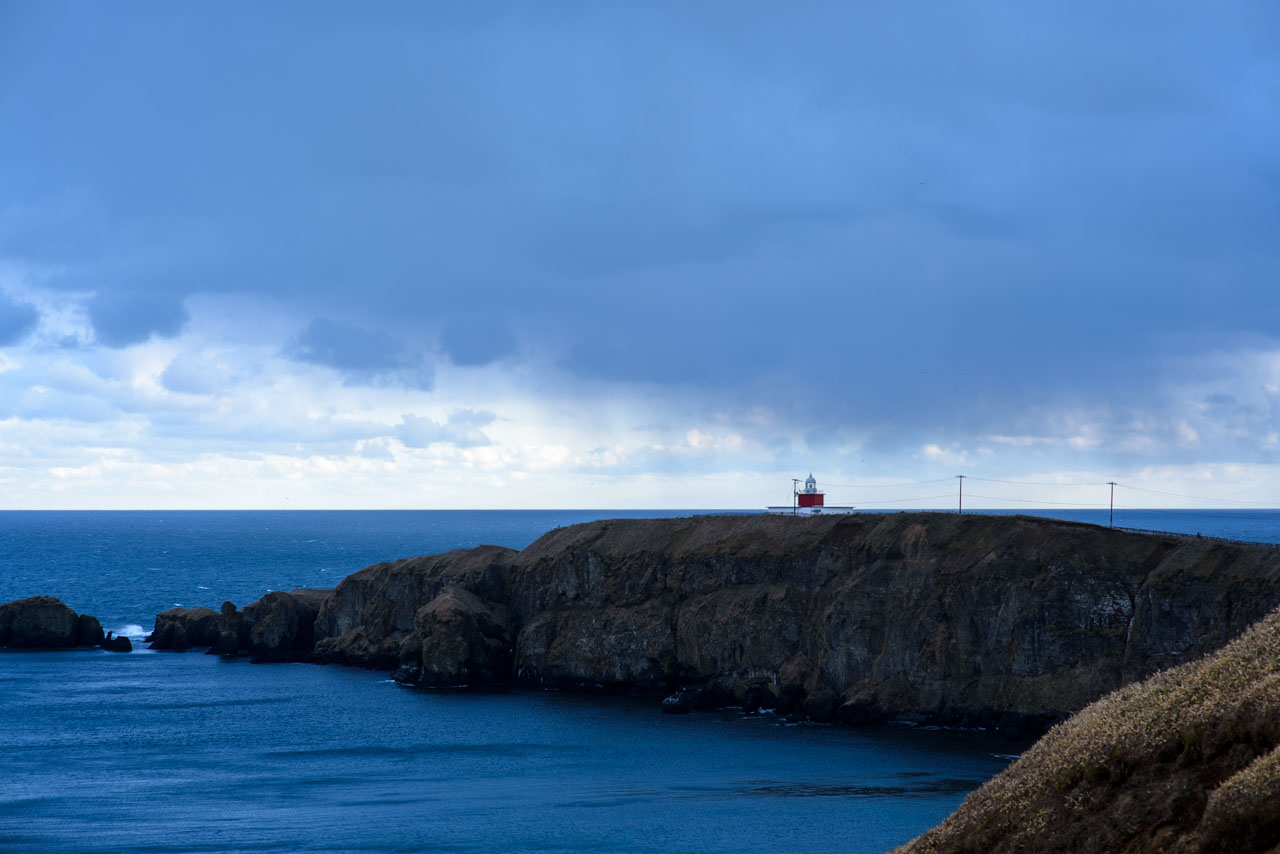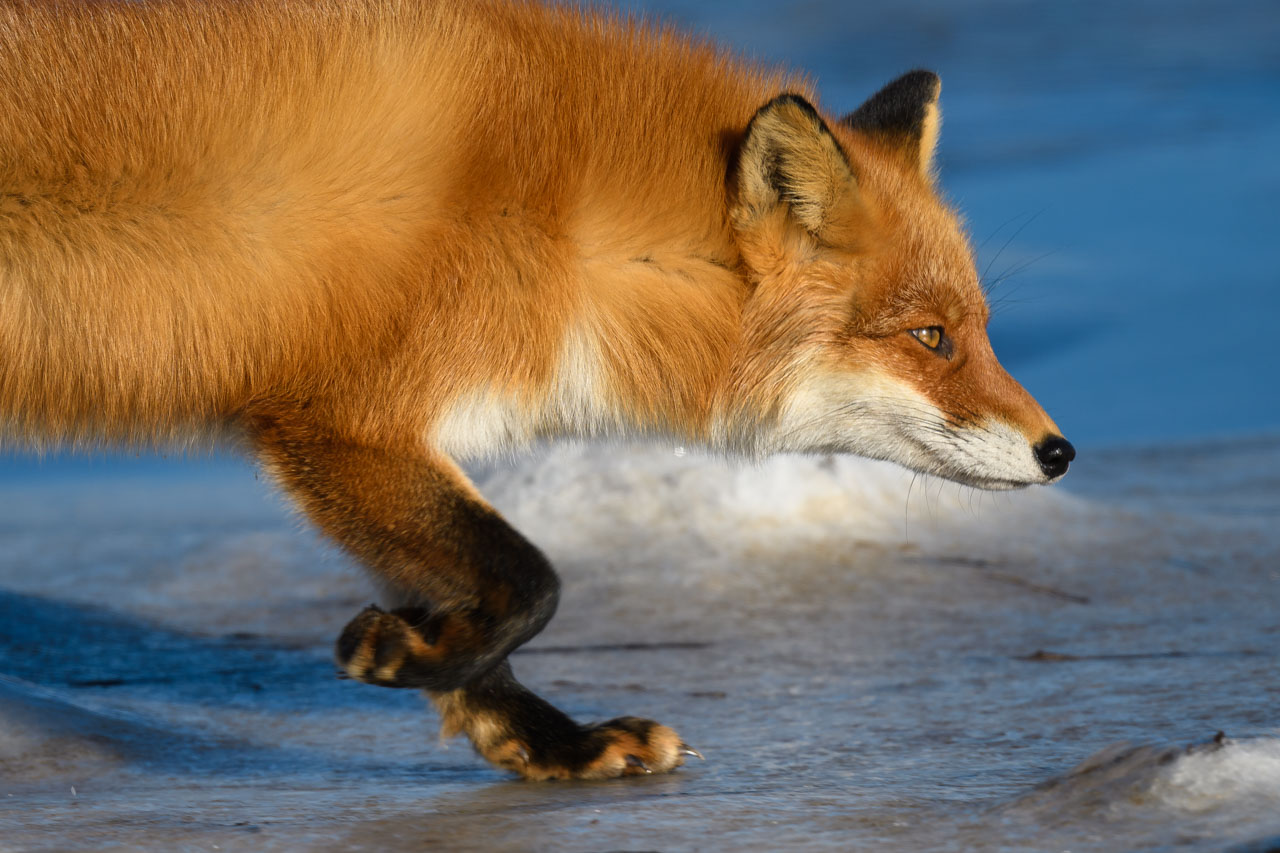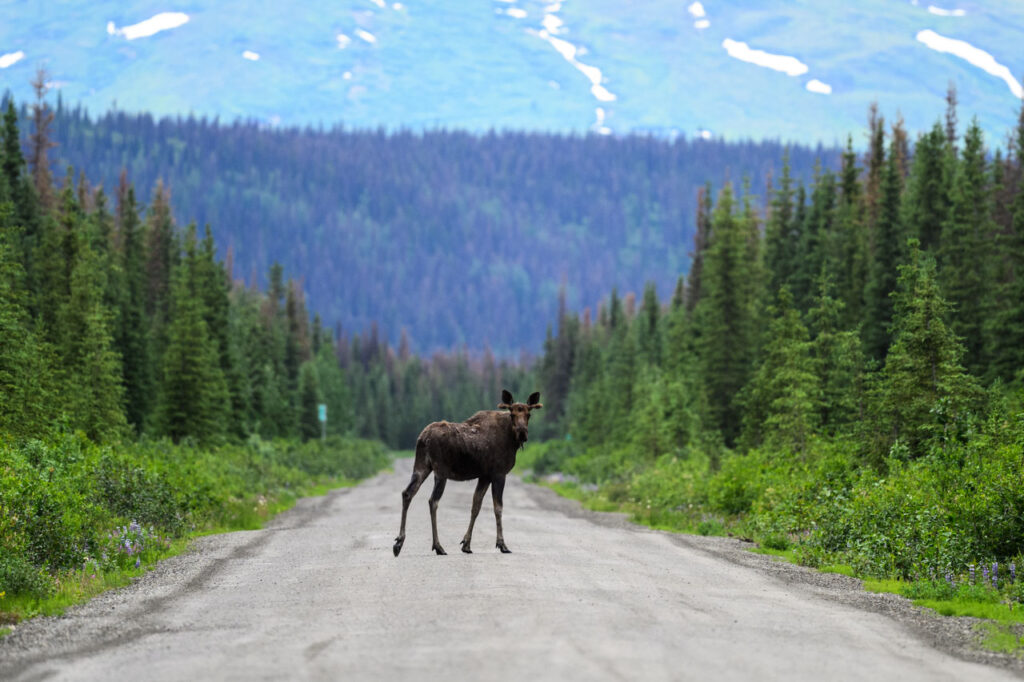
道東 4日目 / Eastern Hokkaido Day 4
Teshikaga (弟子屈) to Kushiro (釧路)
In no time at all, it was the last day of our trip to East Hokkaido. Today, I headed from Teshikaga to Kushiro Airport via Tsurui Village.
I arrived at my destination, Otowa Bridge, before 6:00 am. There was only one other birder before me, but people started showing up one after another, and by the end there were about a dozen or so people. Perhaps it was because it was a weekday, but many of them looked like regular local birders. The temperature was minus 12 degrees Celsius. Since there was no wind, it was not so severe as long as we were well-equipped (see Day 1 for details on equipment).
The Otowa Bridge is a well-known roosting site for red-crowned cranes. The location of the bridge makes it undeniable that the pictures will be the same no matter who takes them, but if this is your first time taking pictures of red-crowned cranes, you can’t miss it.
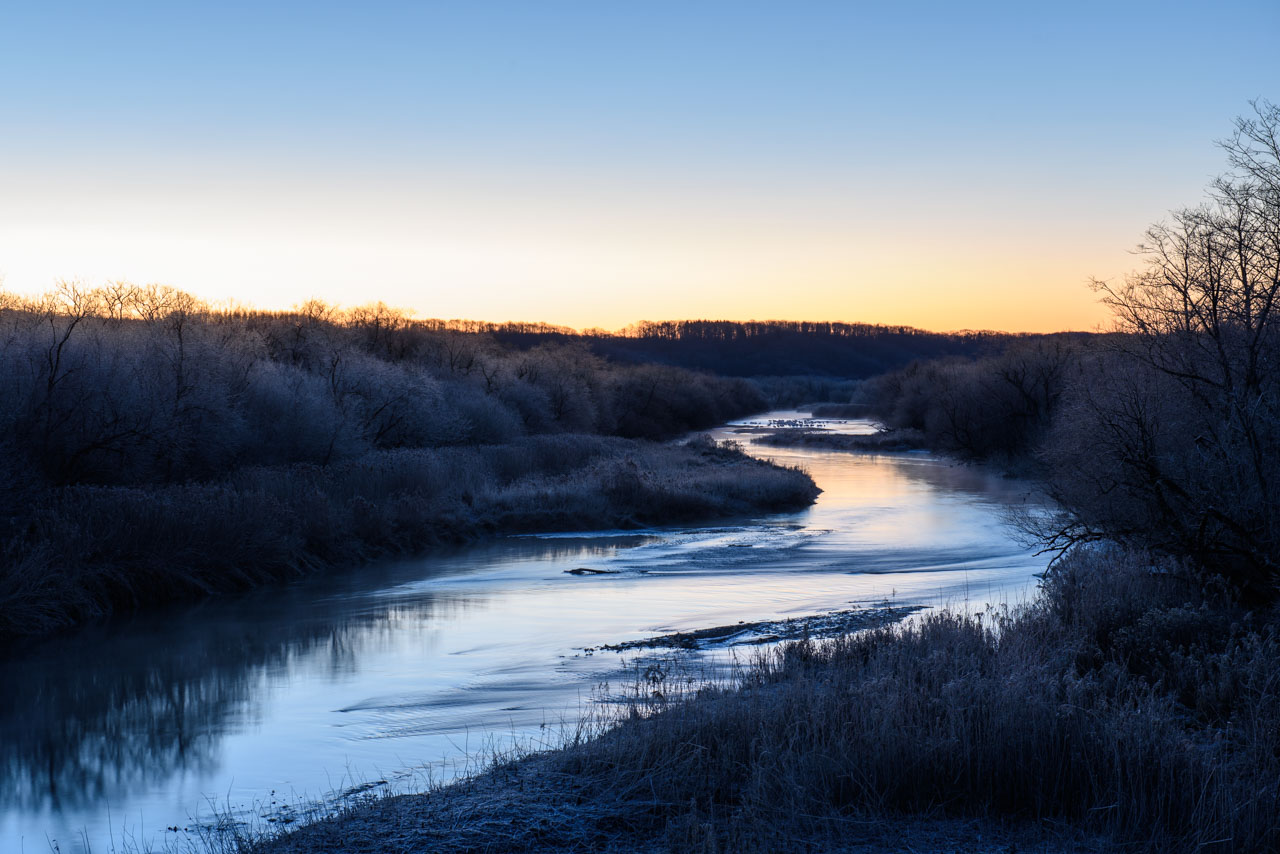
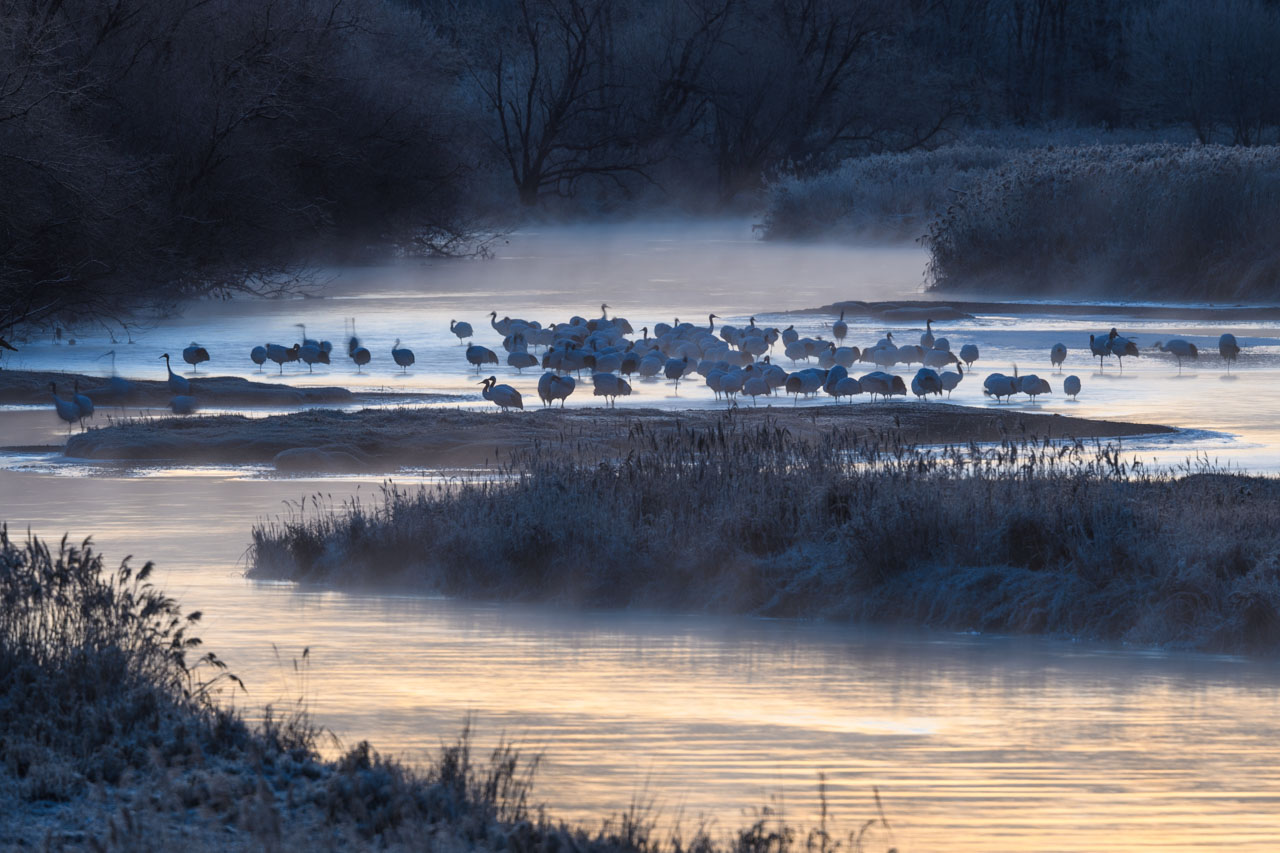
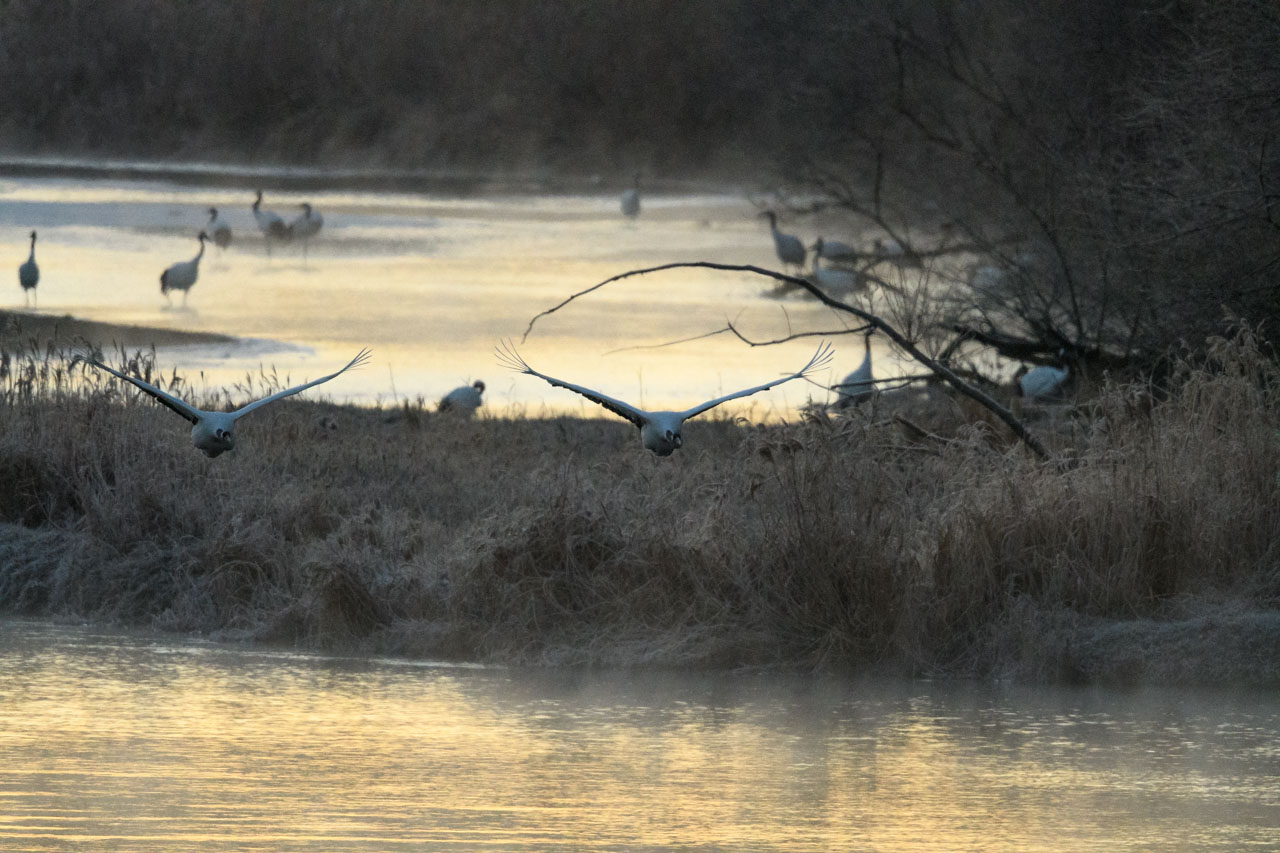
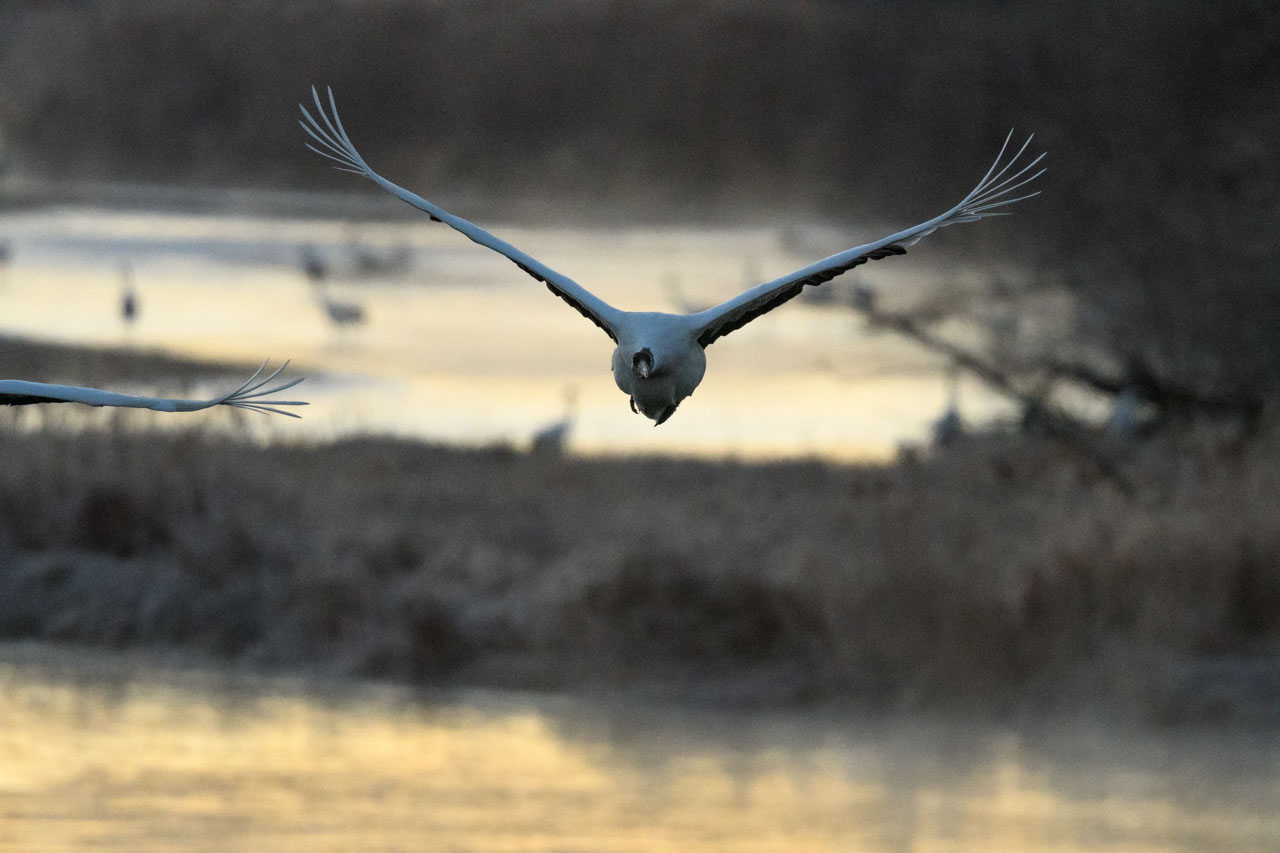
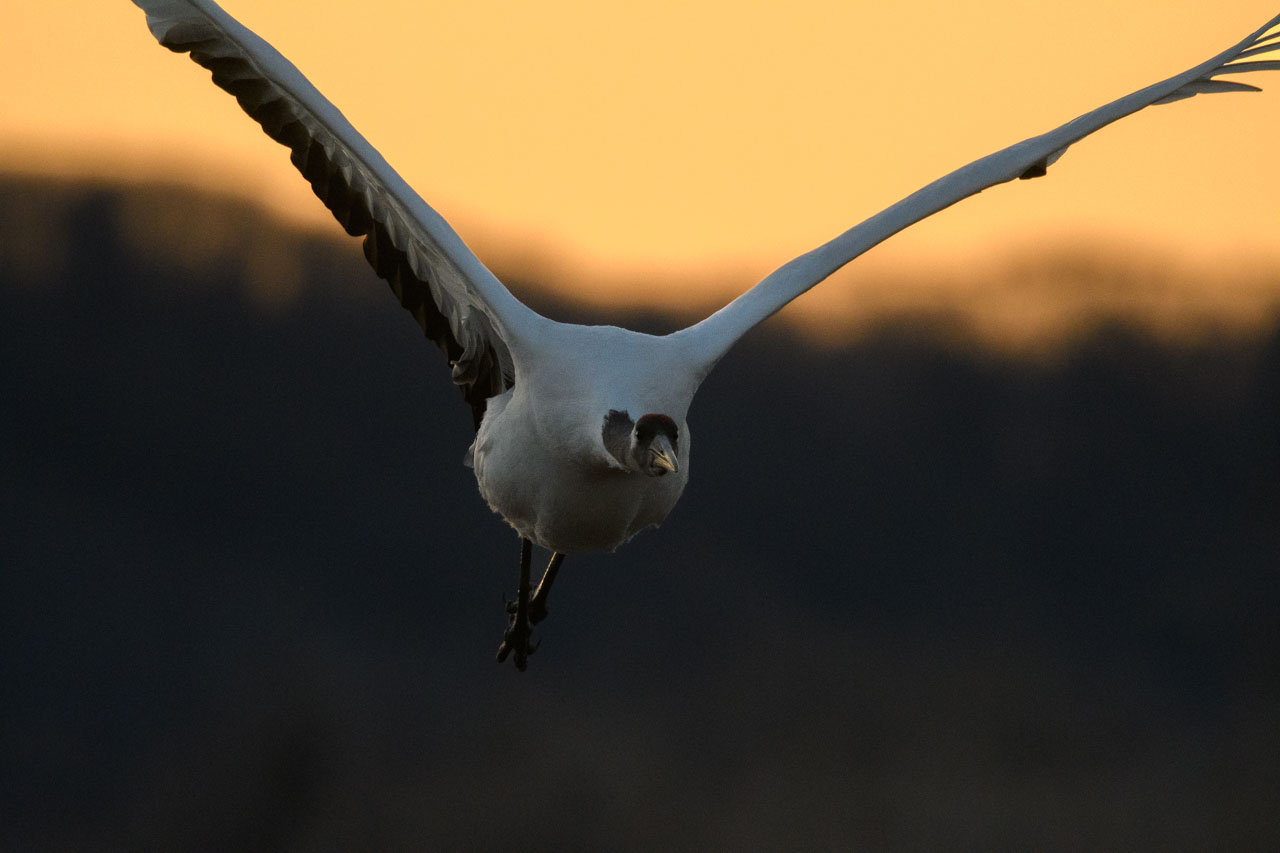
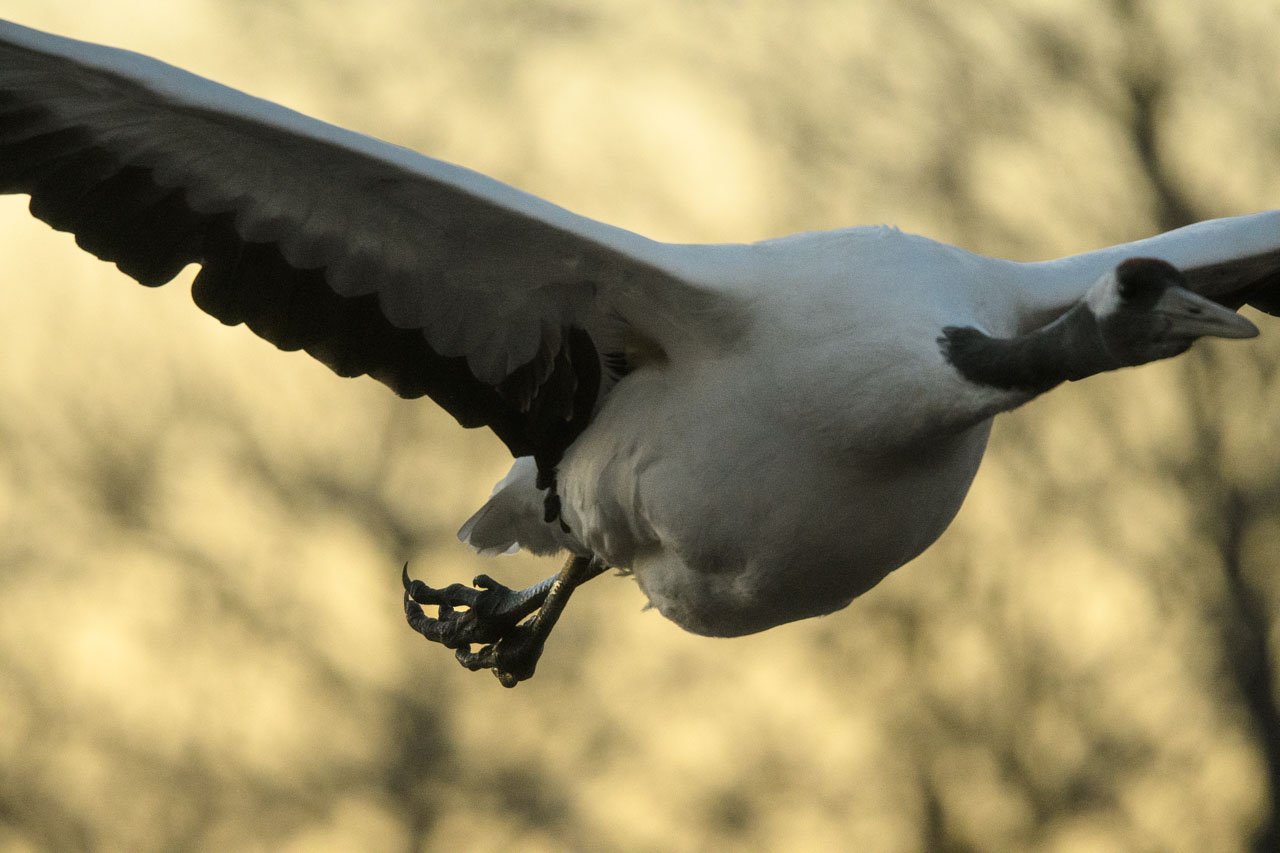
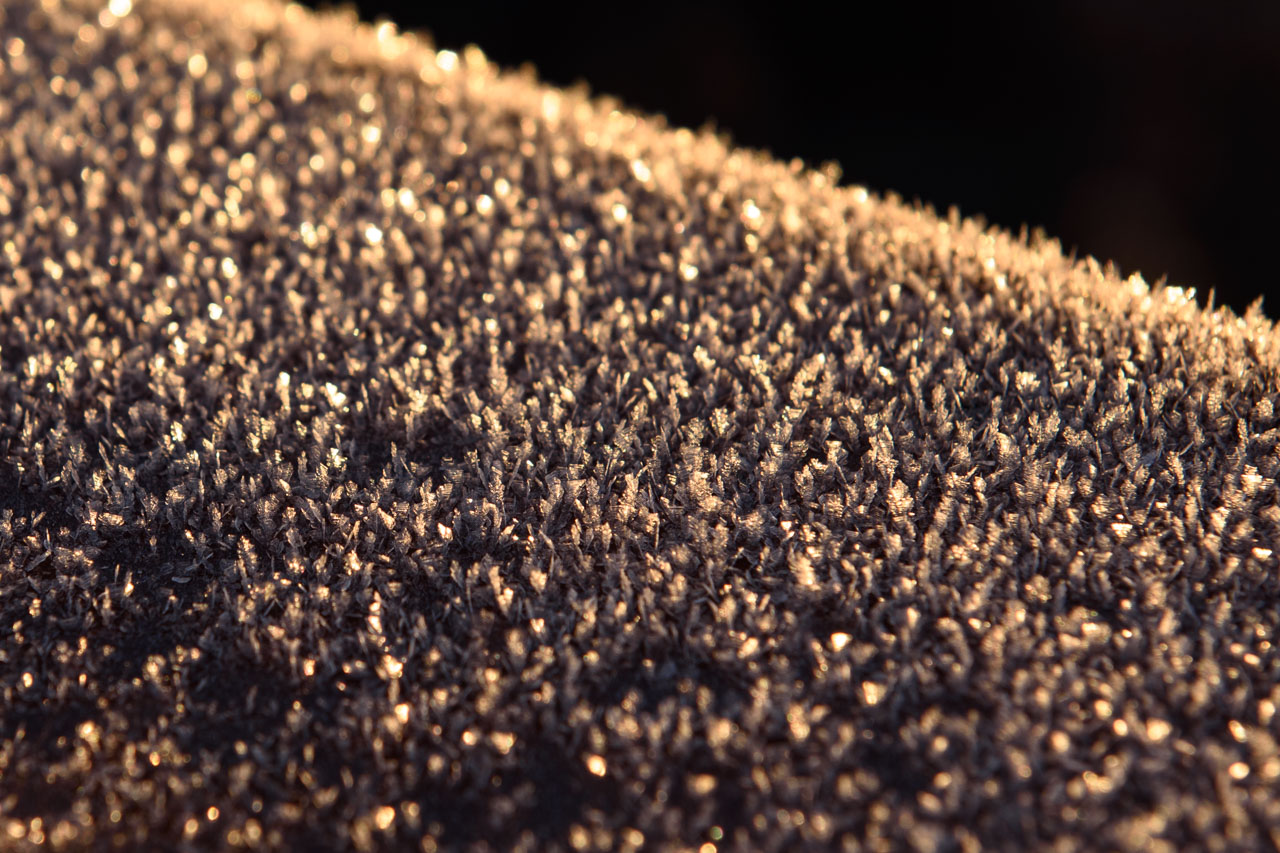


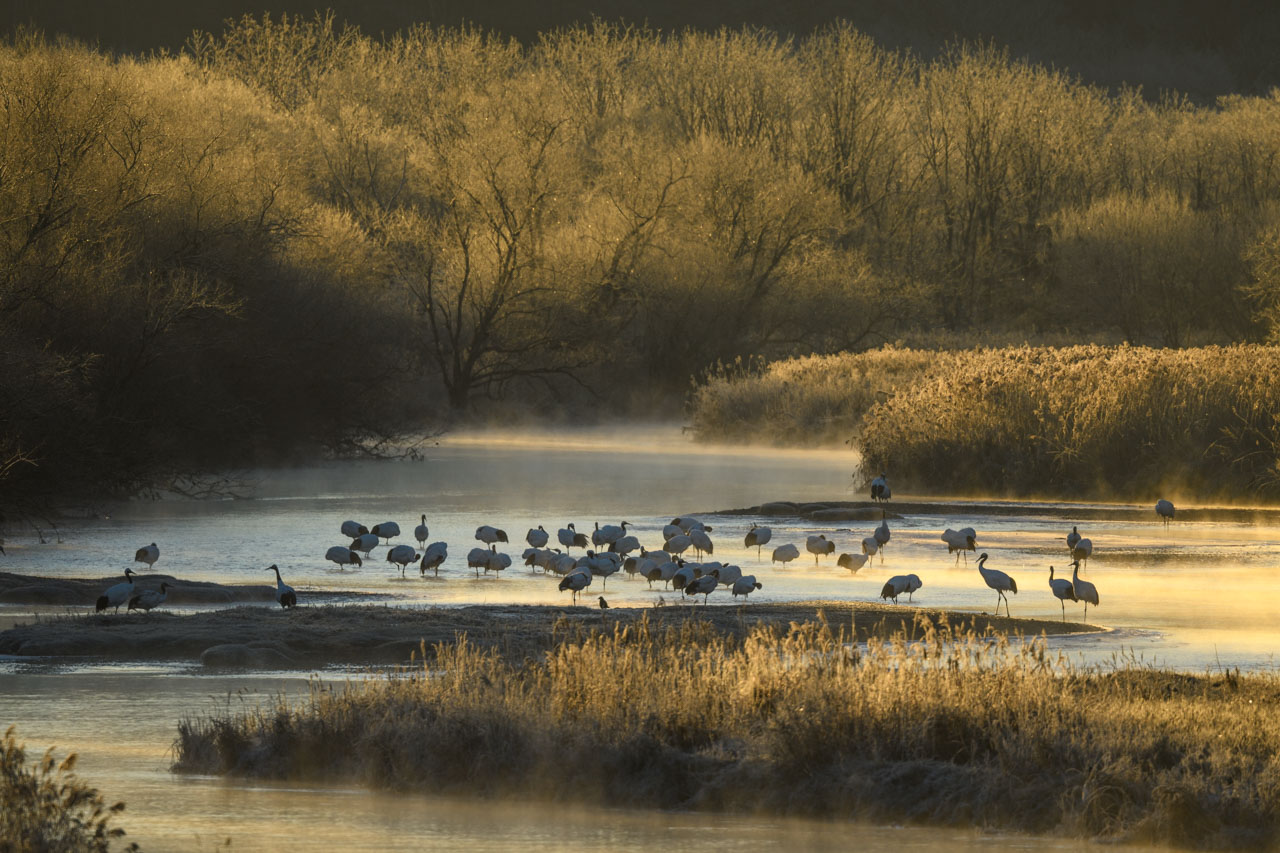
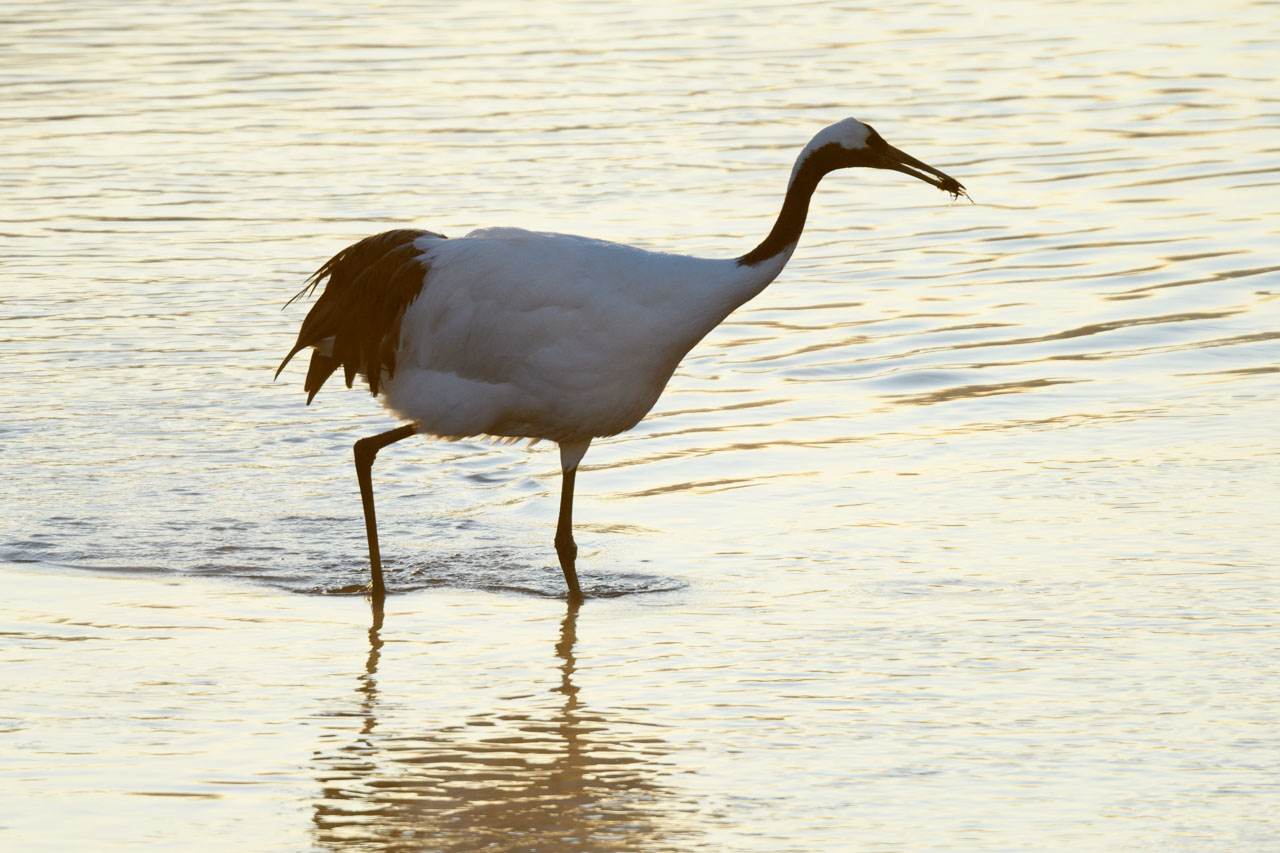
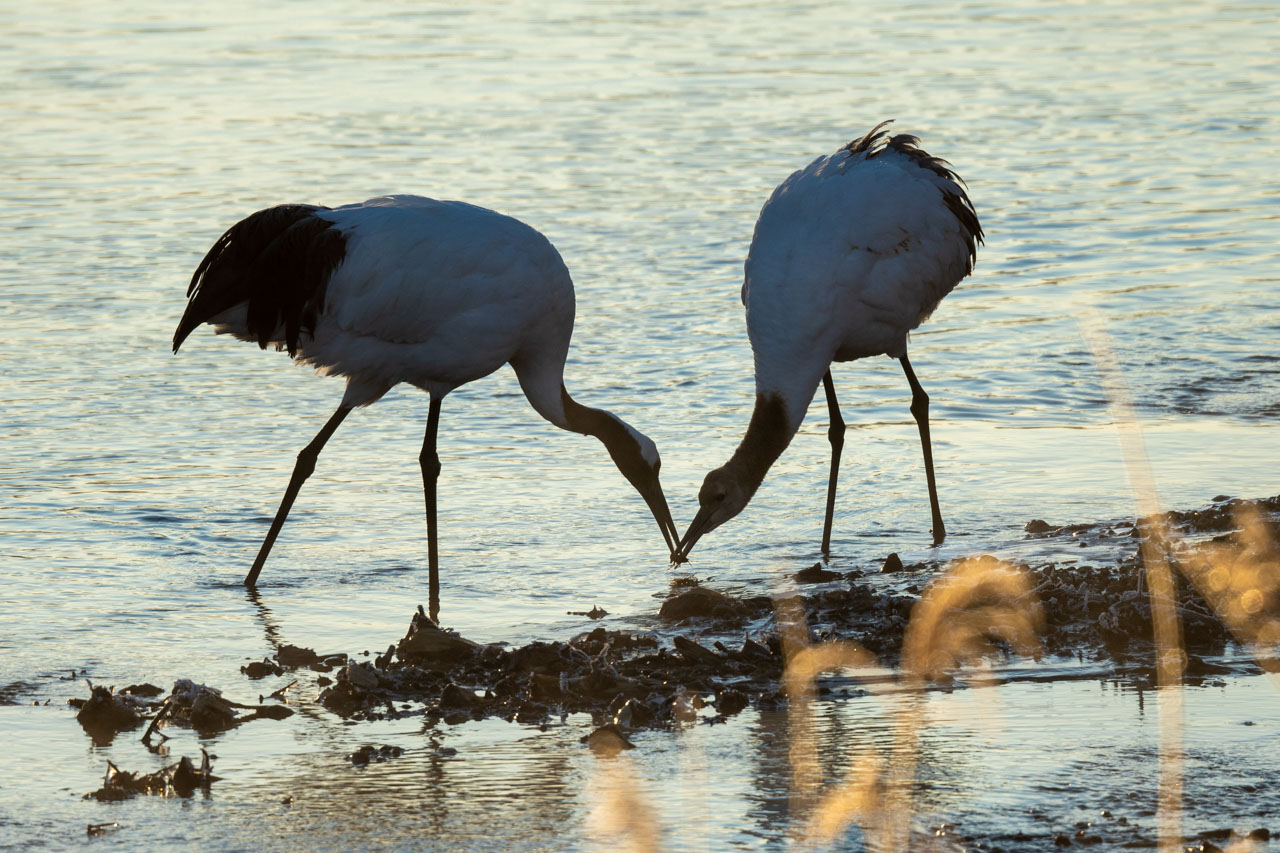
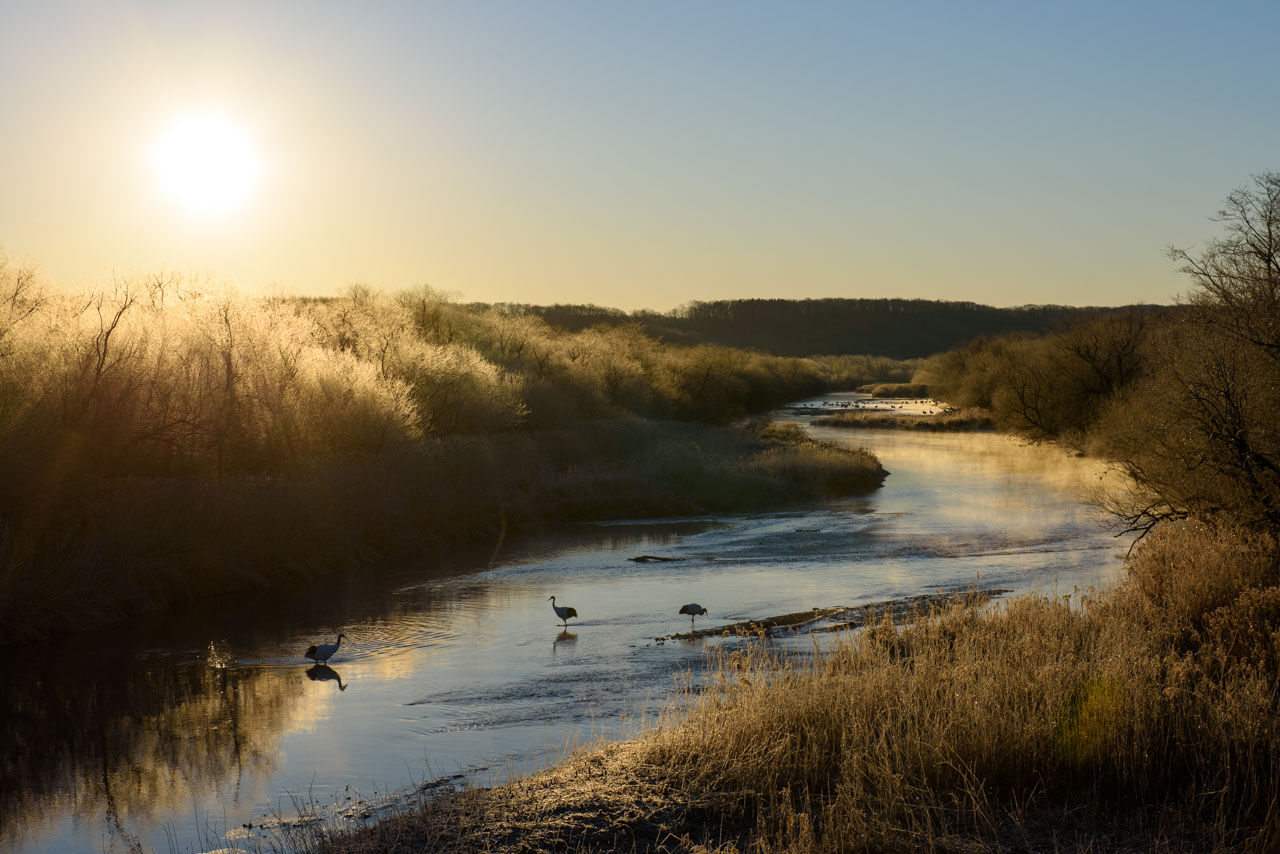
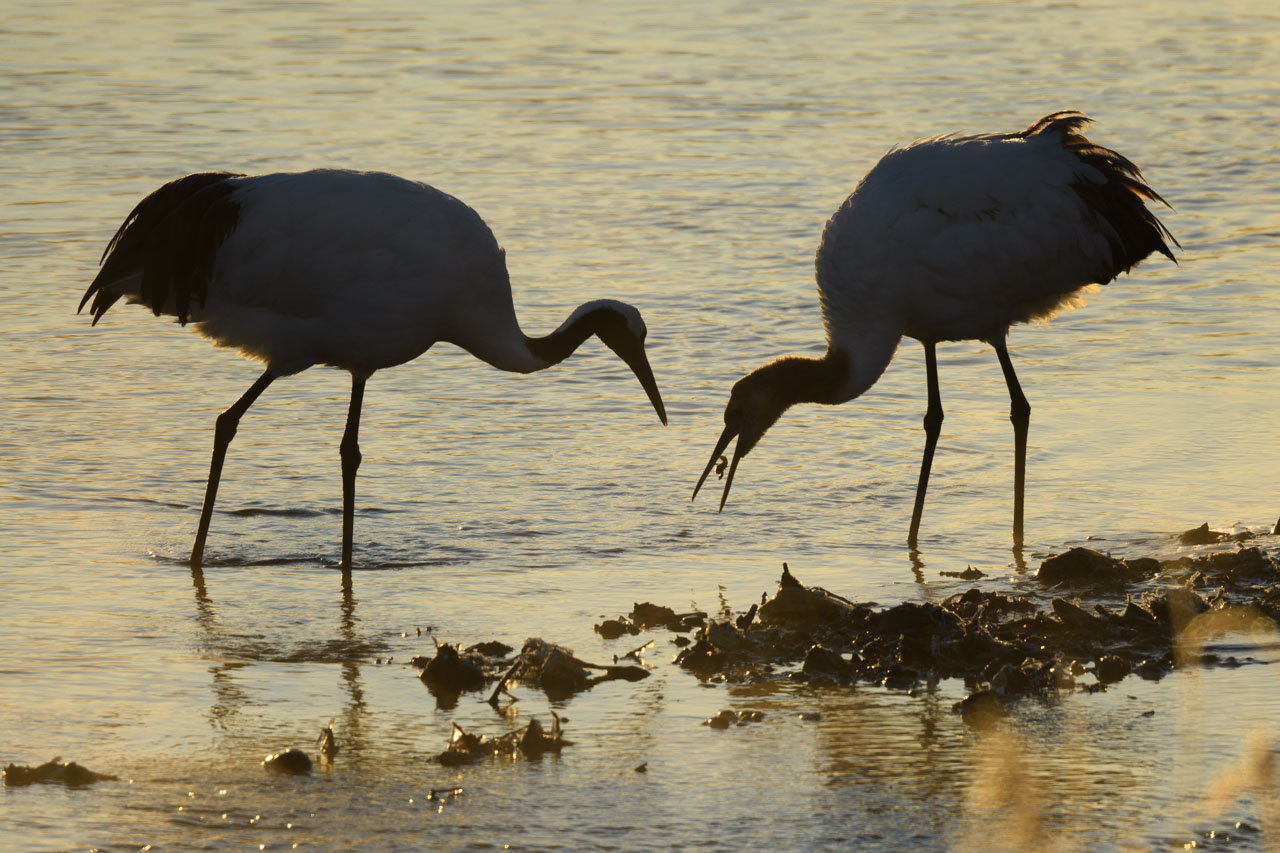
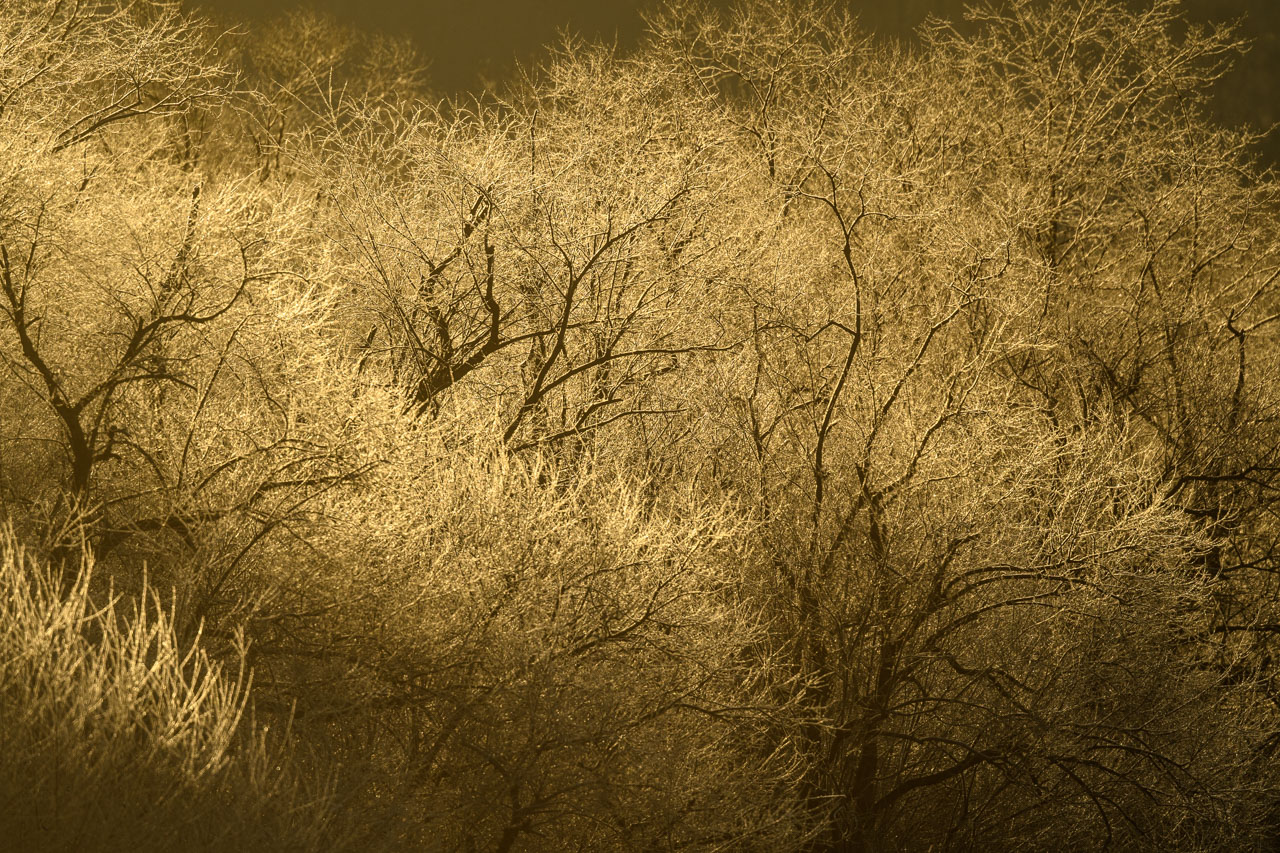
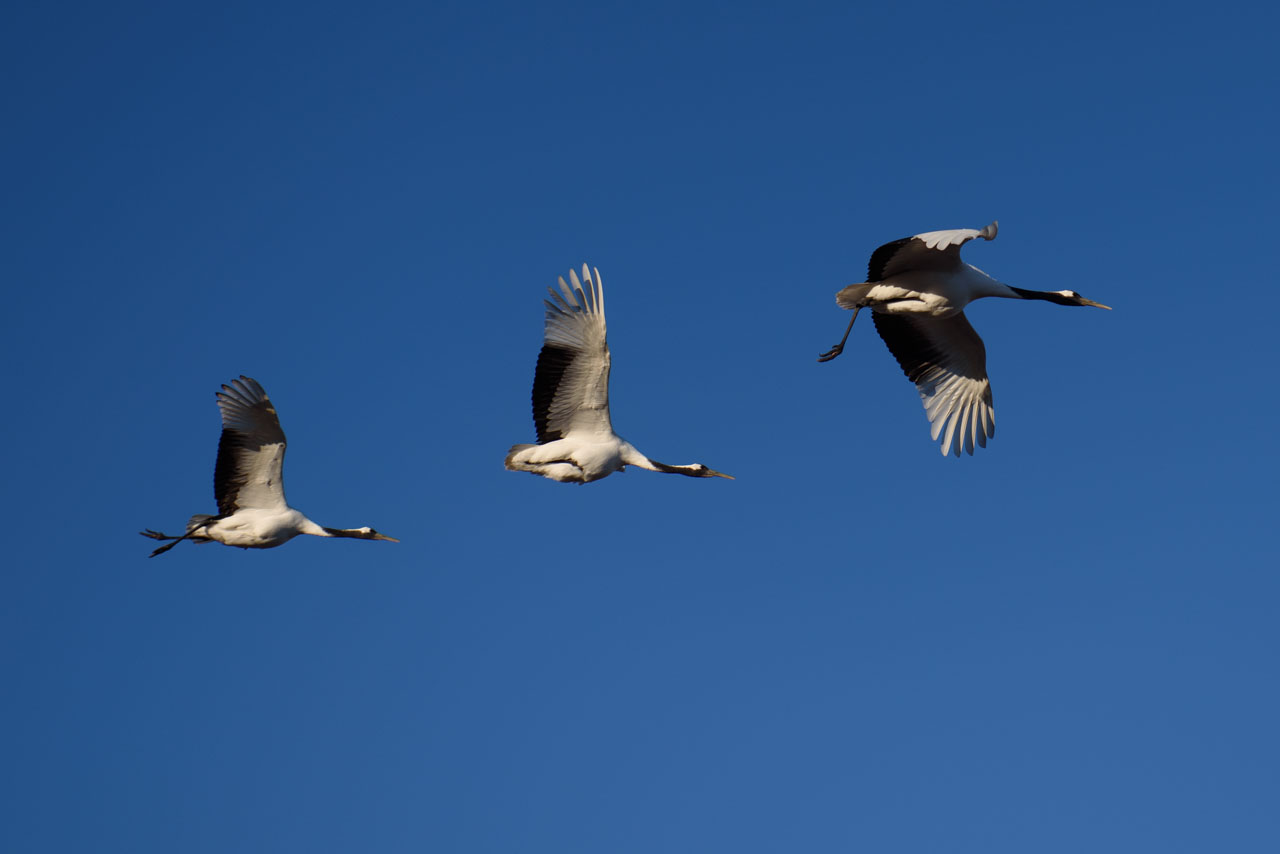
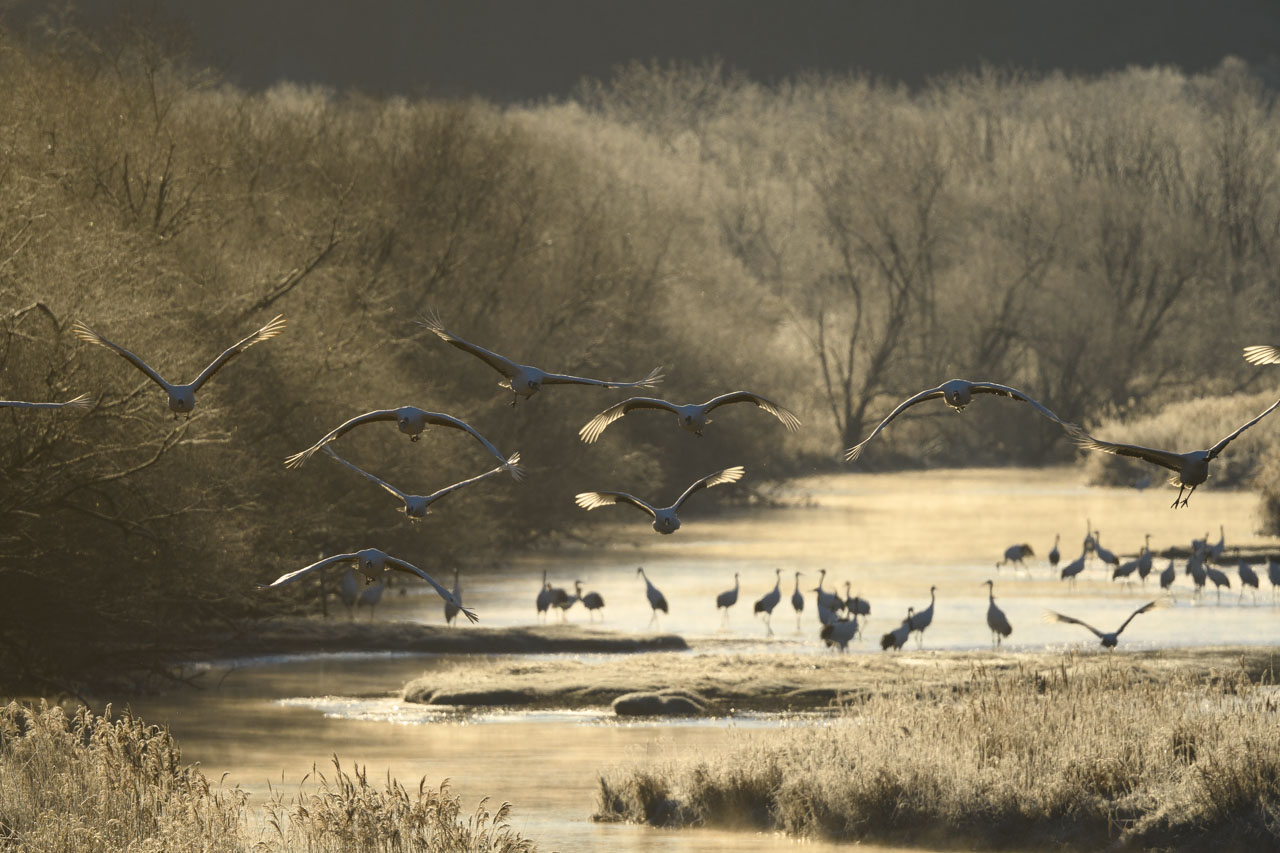
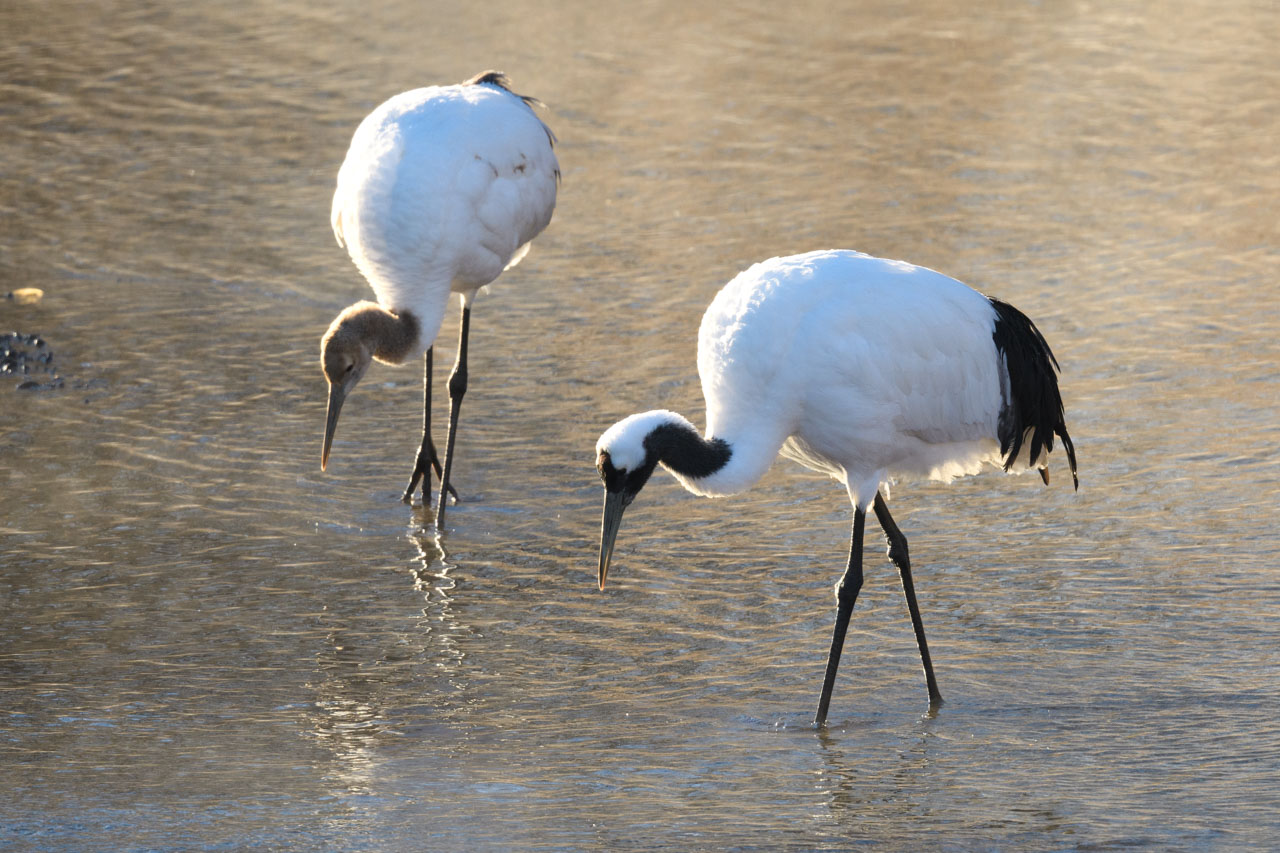
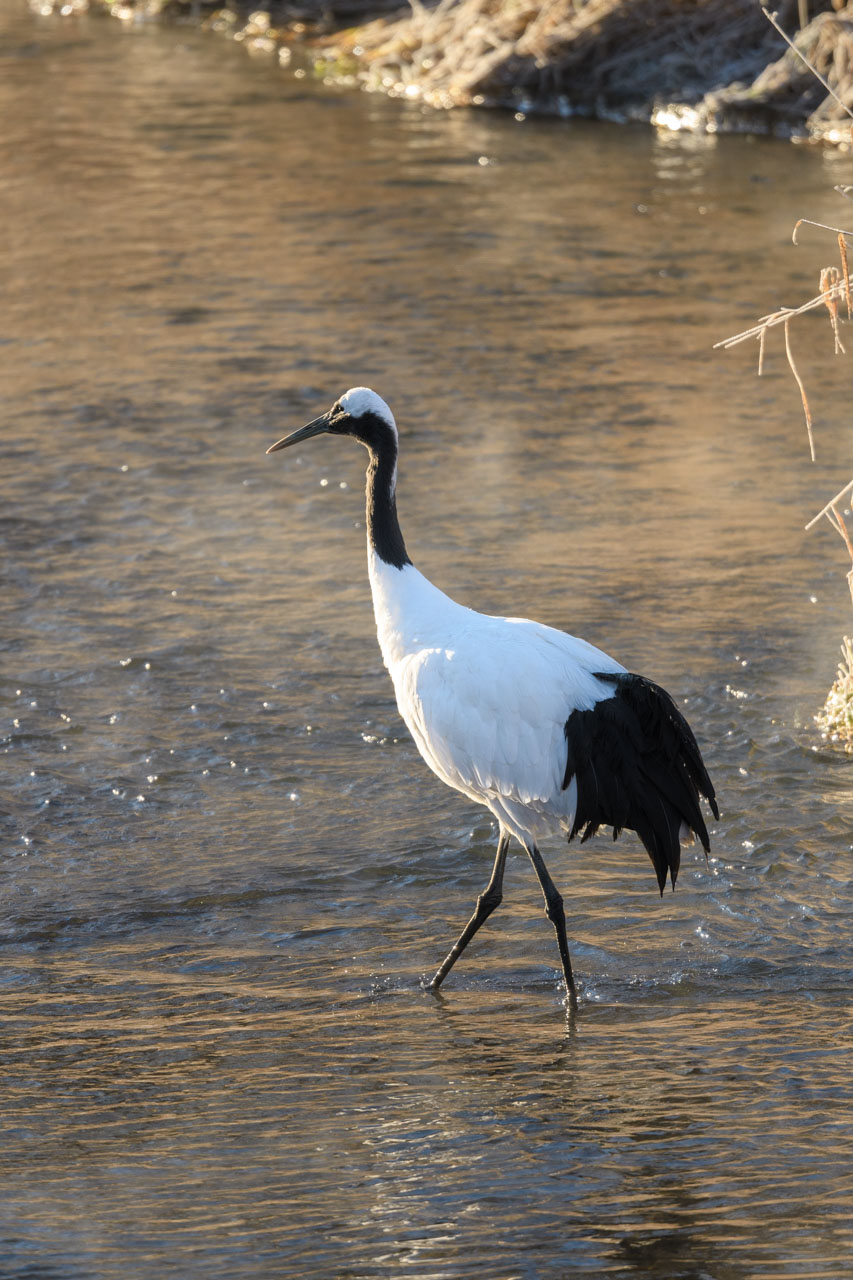

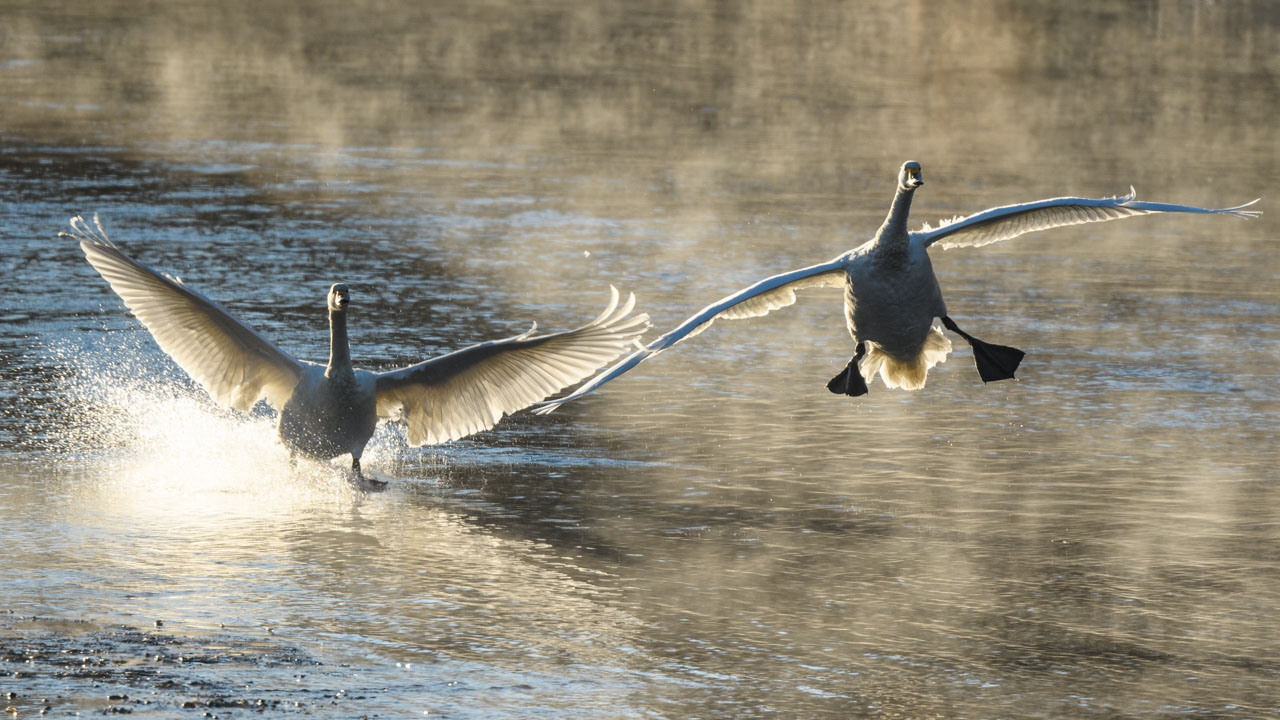

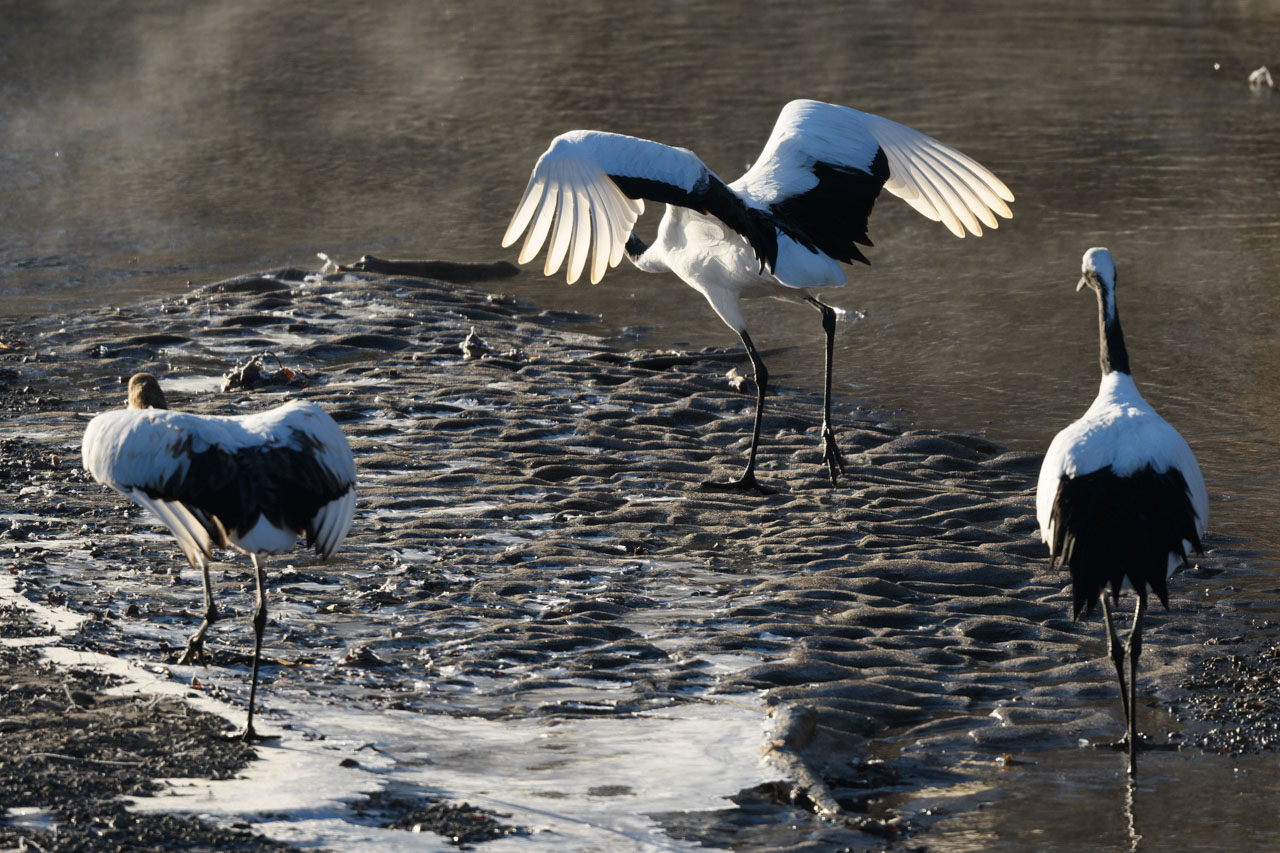
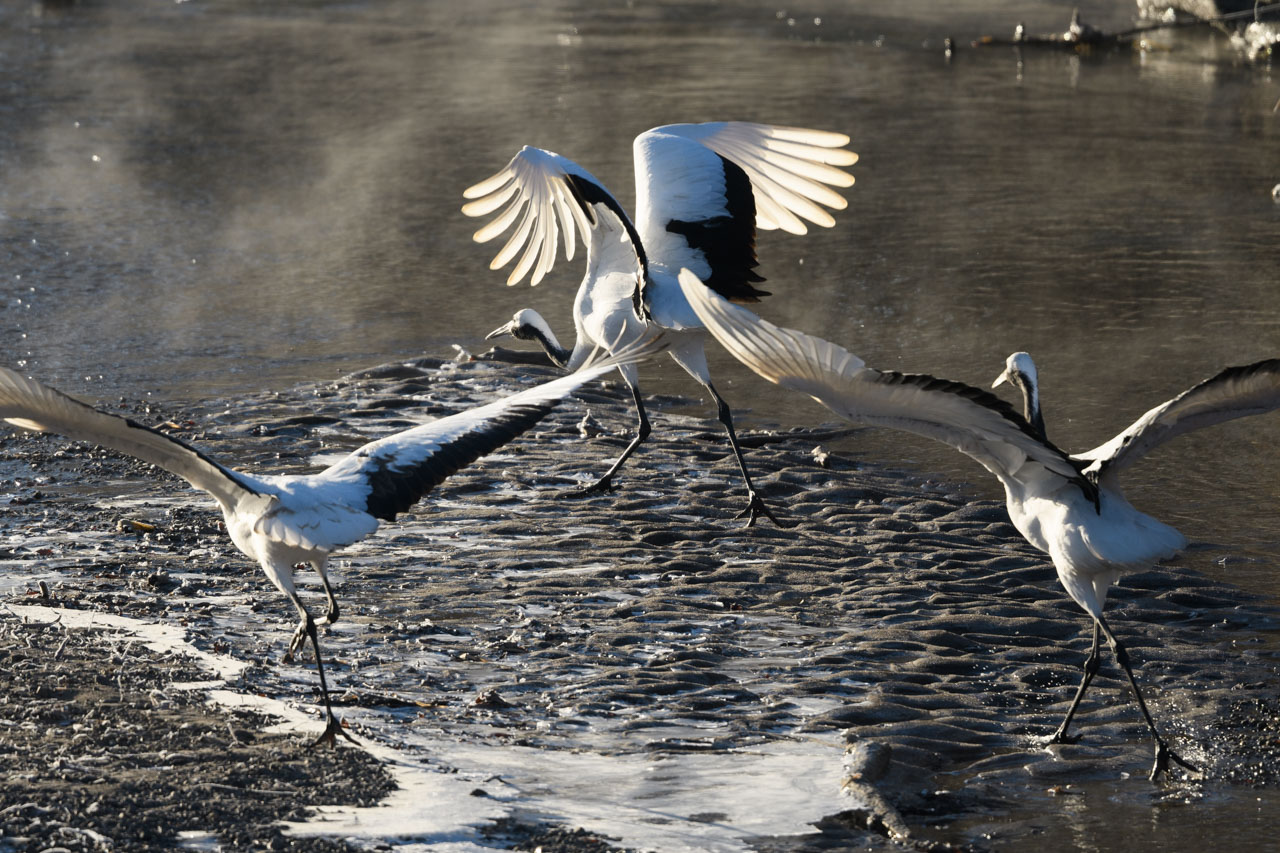
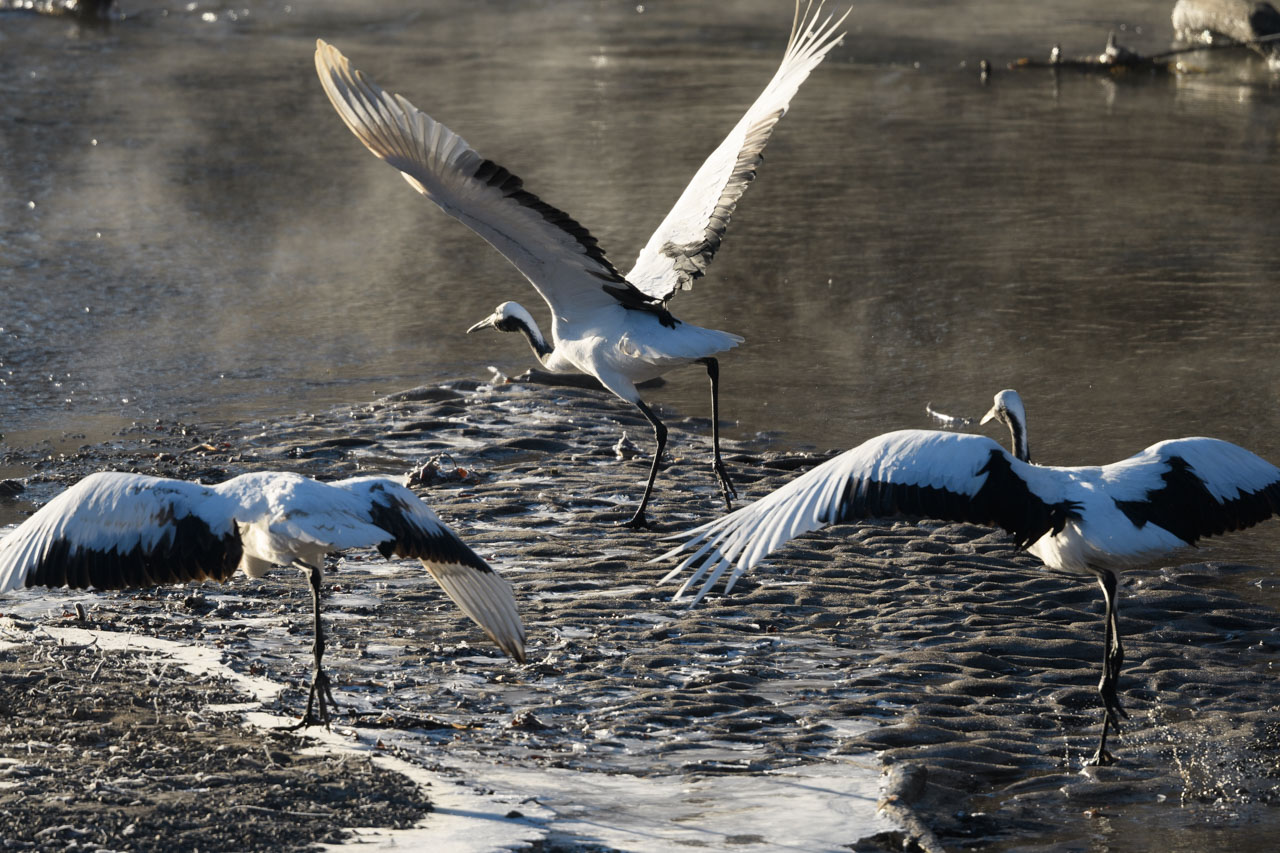
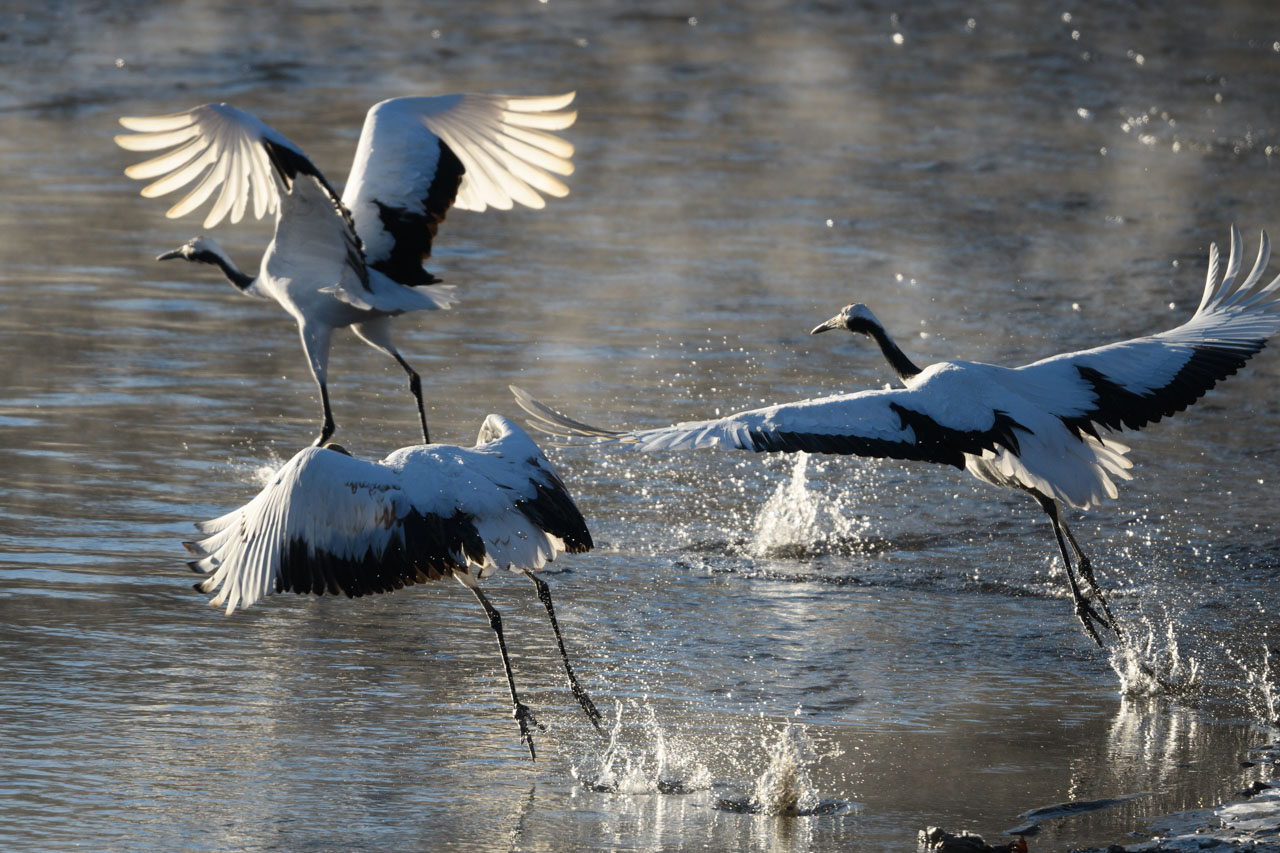

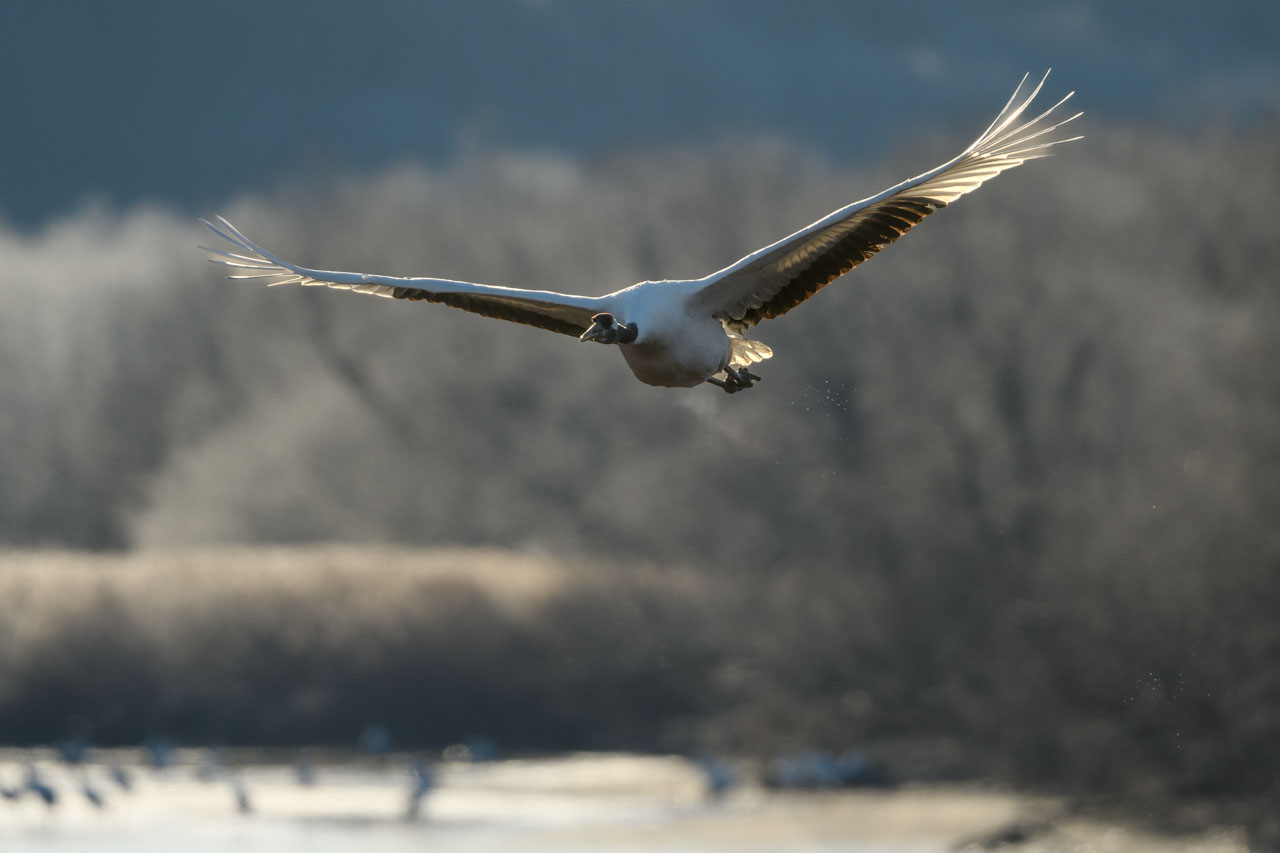
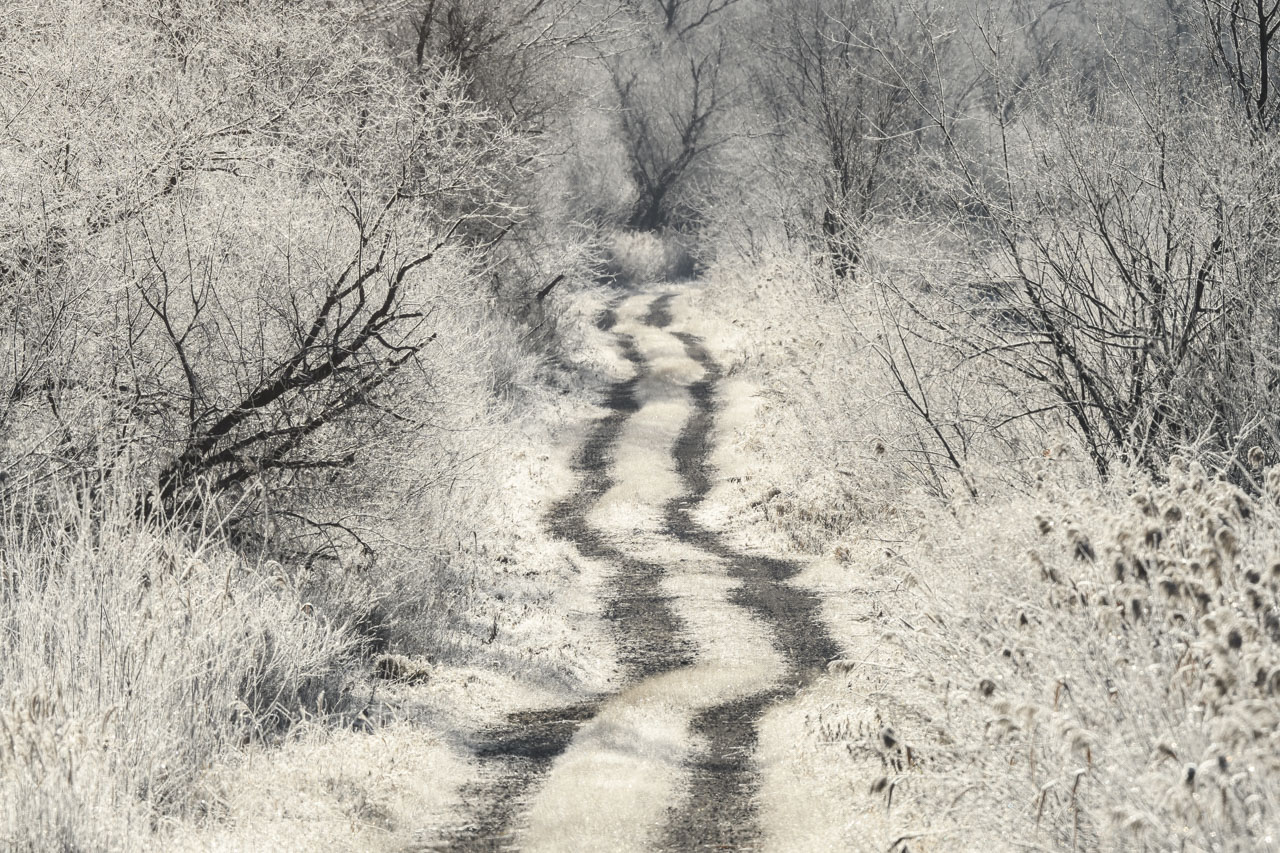
I had actually planned to go to the Red-crowned Crane sanctuary after the Otowa Bridge, but since I was able to see enough here, I decided to change my plans and head for Kushiro. This was because I had not yet seen Shima-enaga (subspecies of Long-tailed Tit).
Long-tailed Tits live in small flocks and move from place to place, so it is sometimes difficult to find even ordinary ones. Shima-enagas are thought to be similar to the common ones. I had assumed that I would see them somewhere within four days, but in the end I never saw them.
There is a large nature park called Harutori Park in Kushiro City. I decided to bet on this Park, thinking that small birds like the Shima-enagas would be easier to find in a city park than in the countryside, where they are more restricted. I had only about an hour to spare after returning the rental car at Kushiro Airport and going through other formalities. Would I be able to find the Shima-enaga?
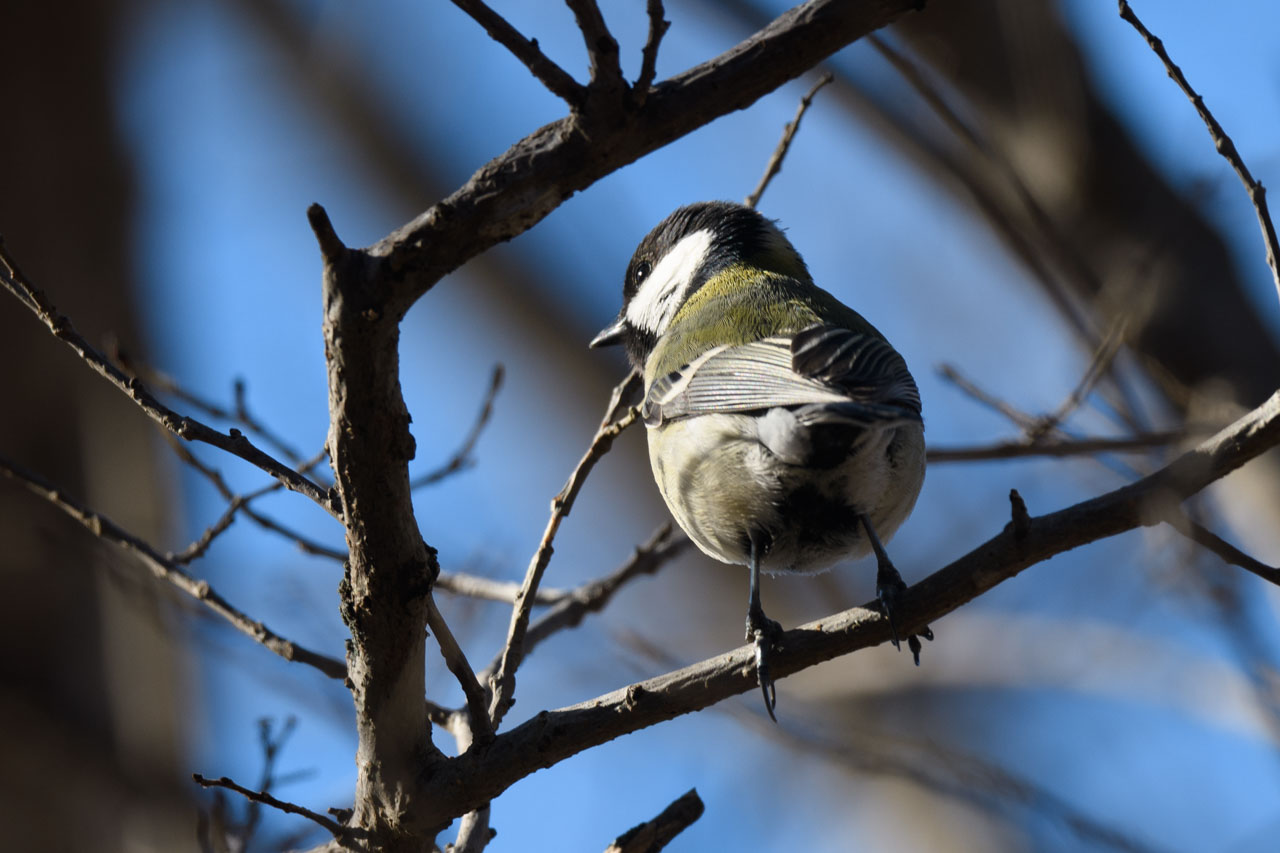
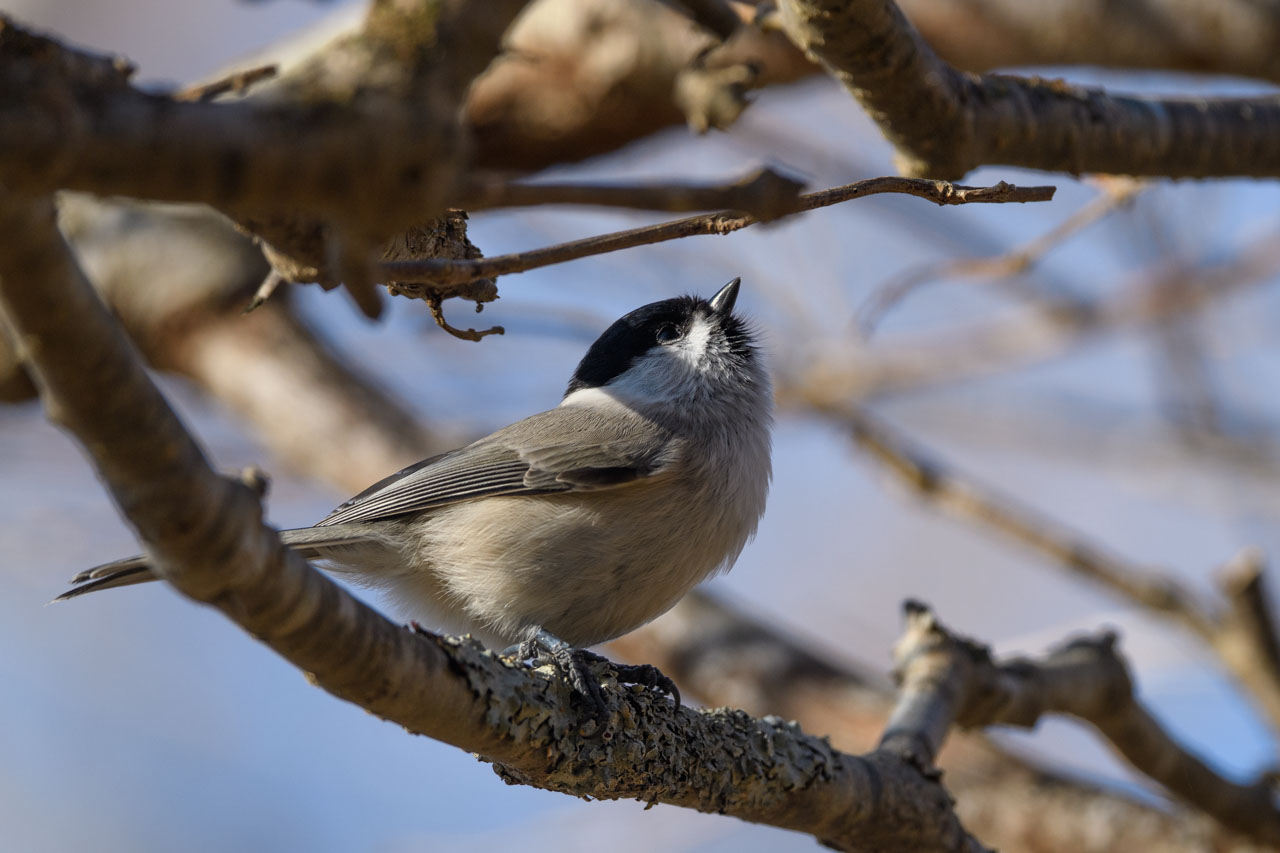

So time ran out. Local ladies were walking around and saying, “I heard there is a Shima-enaga” or “I have never seen a Shima-enaga before,” so I guess there are some and they are popular. I would like to come back to look for them again sometime.
End
